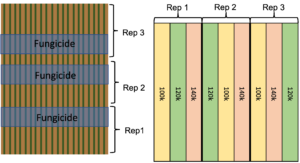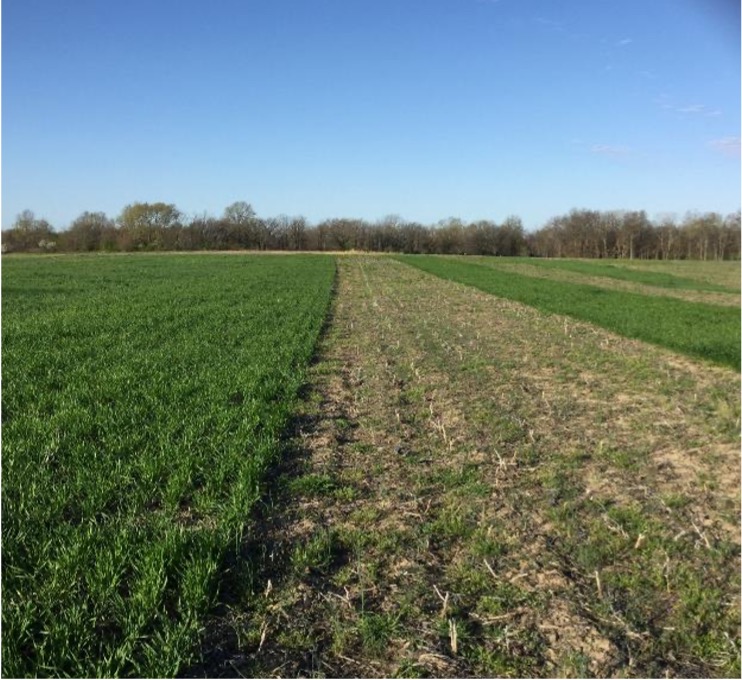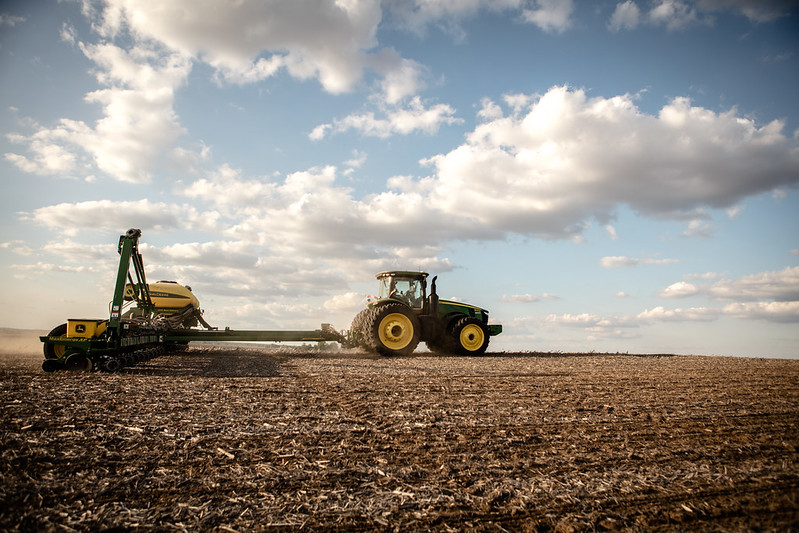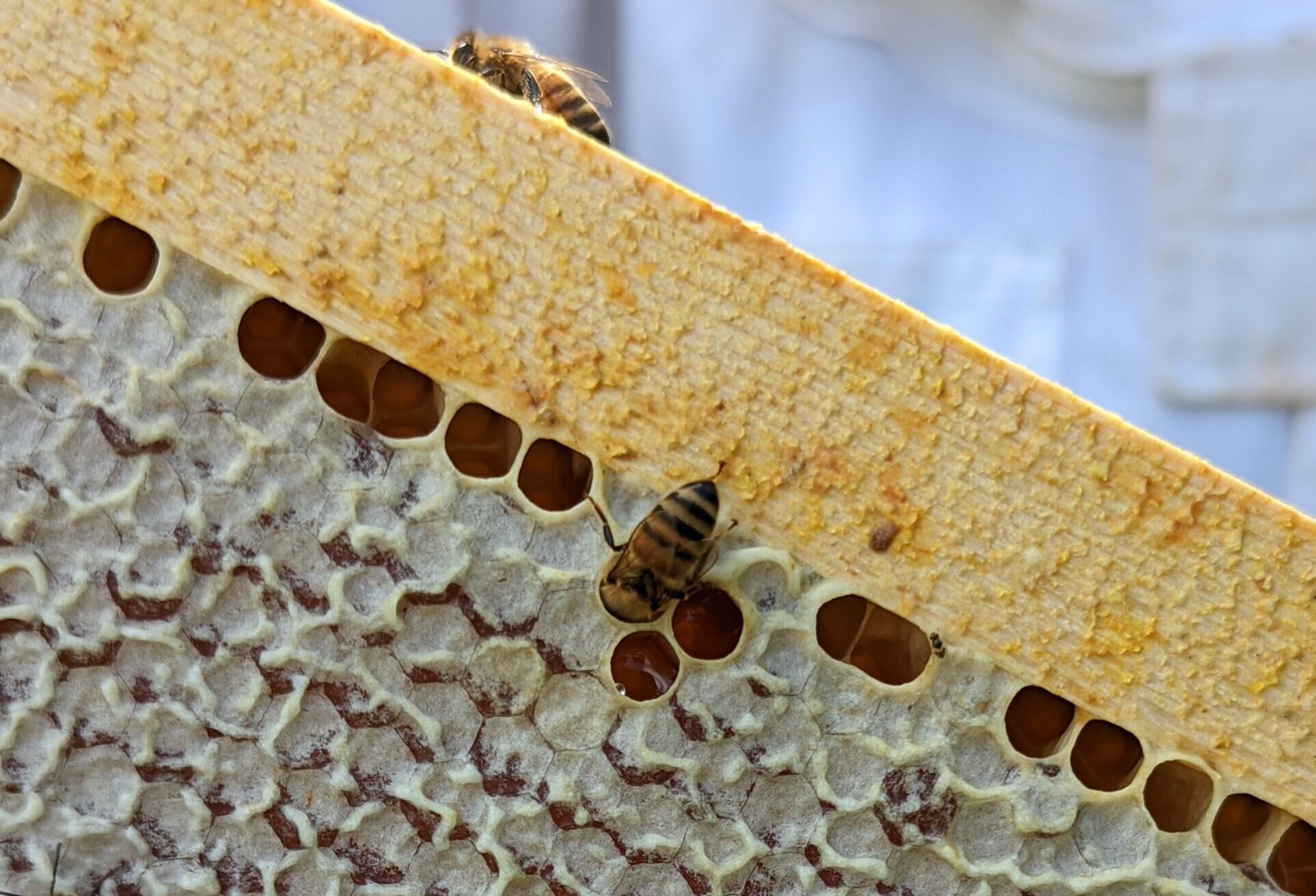On-farm research is the basis for agronomic innovation. Farmers testing products, practices and ideas on their own soil is what drives farm agronomics to the next level. Years ago, agronomic research was left in the hands of universities, or the private industry, but today many farmers manage their own research.
On-farm research is an investment. It is time, labor and expenses to evaluate to increase farm profitability. Like any investment, it is important to take time to think about what is worth putting resources towards.
The number of products available to farmers creates overwhelming opportunities for on-farm research. Nearly every product promotes adding three to five bushels to the acre. Additionally, companies may offer farmers 5-10 acres worth of products to try out for free. I don’t discourage participating in these trials but be sure to not let them dominate your research plan. My suggestion is to keep it simple, especially if you are getting started with on-farm research.
Think of the decisions you make on your farm as a pyramid. Without a solid foundation, the top is unstable, and your results would be inconsistent. For example, variety selection is the foundation of the pyramid. Every farm should have a variety trial, even if it is just three to four varieties. Maturity groups, disease packages, lodging, pod shattering and cost all need to be understood within the environment of your farm. A product such as a micronutrient blend may be an example of something towards the top of the pyramid and while it could provide value, it may not be the first product to design a trial for.
Soybean seeding rate is another example of a foundational practice that needs dedicated time and effort on every farm. Seed treatments, fungicides, sulfur applications, seeding depth, row spacing, downforce pressure, cover crops and no-till- the list is endless of practices that need investment on each farm.
On-farm trials should always be the catalyst that is utilized to introduce any new product or practice to your acreage. I discourage implementing anything new at a large scale until it has been put through a year or more of your own testing. When it comes time to design a trial the quality of the design is directly correlated to the quality of the results. Here are a few best practices to keep in mind when designing trials:
Keep a non-treated control- There must be a “standard practice” compared to know how the tested effect compares against what is done traditionally. Sometimes excitement about utilizing a product will cause you to forget to keep a check. For example, you want to see the difference between two fungicides, so you design a replicated study comparing Fungicide A versus Fungicide B. However, without a check strip where no fungicide was applied, there is no way to tell what that crop would have yielded if nothing would have been applied. Perhaps you gained five bushels above the non-treated, or perhaps you gained zero. Without a check, we will never know.

Use replication and randomization- There is one thing in common with nearly every on-farm trial and that is variability. It is important to account for variability by utilizing replication and randomization. Examples in Figures 1 and 2 shows how each treatment is duplicated at least three times, and how the treatments are randomized within each replication. This helps account for the variability of fertility, drainage, soil types and other items that can influence results within that treatment. Studies will never be perfect, but proper designs eliminate possible errors that can occur due to variability. In general, the more replications, the better.
Keep other management consistent- When a study is designed to test a particular product or practice, it’s important to keep all other factors between those treatments equal. For example, if you were to plant multiple varieties or hybrids in a field that adds another factor that could affect yield if the goal is to evaluate the efficacy of a fungicide or seed treatment. Testing multiple effects in one trial requires advanced statistical design and analysis.
Identify the most representative field on your farm- The most useful data for your farm will be collected on fields that are representative of most of the acres you farm. If you farm 400 acres of upper prairie and timber soils and 50 acres of bottom ground, trials placed in the river bottoms may not be representative of the soils most of your crops are grown on. Additionally identifying a location within a field that does not encompass end rows, timber effects, or drainage issues will give you the most useable data.
At the end of the season, the analysis of the data can be as simple or complex as you make it. Excel has simple platforms to perform easy analyses of data using paired T-Tests to compare treatments. Don’t always stop with yield. Take it a step further depending on what you are testing. Pull an SCN sample, submit a soil health sample and see how your practices are influencing these metrics over time. There is so much that can be evaluated without a tremendous amount of additional work.
Additionally, contact your local extension office to help if needed. If you aren’t already conducting research on your farm, or perhaps want to improve the quality of the data collected, the University of Missouri Strip Trial Program is an excellent resource for farmers in Missouri.
Reach out to me at Missouri Soybeans at any time and I would be happy to help you work through your results or talk through a trial design. On-farm research is a useful tool and high-quality data makes it valuable for future decision-making.
Email me at eoseland@mosoy.org.


